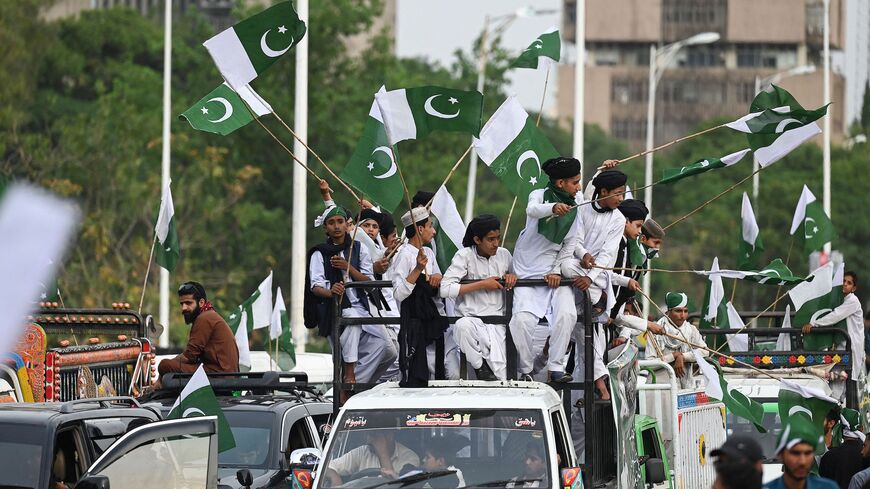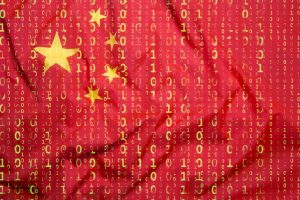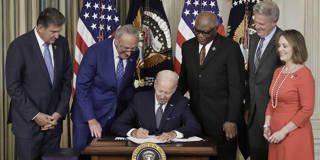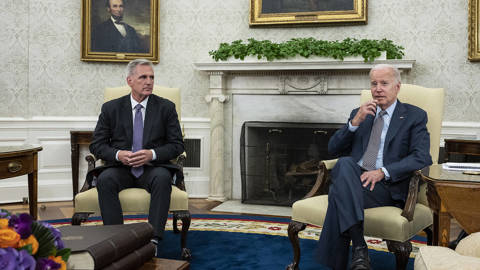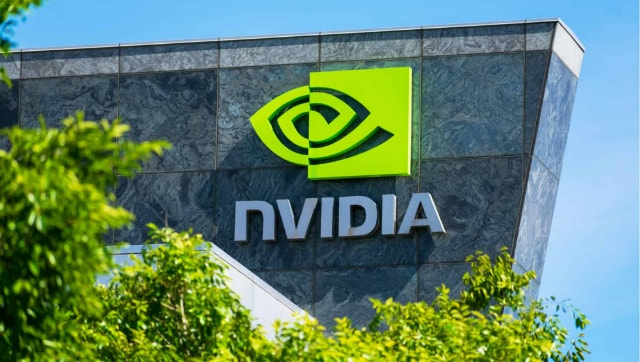RAHUL BHATIA
Over the last few years, the Indian armed forces have stepped up the procurement of unmanned aerial vehicles (UAVs) or drones, primarily for the purposes of surveillance, reconnaissance, target acquisition, logistics, and precision strikes. The ongoing border standoff with China has provided a further impetus to this process. The Army recently ordered nearly 2000 drones to enhance its surveillance and reconnaissance capabilities along the India-China border and transport supplies to forward posts. It is further seeking drones to direct artillery fire, aiming to augment the accuracy and efficiency of its artillery systems deployed along the border.
The Indian armed forces see drones as a necessary force multiplier and intend to acquire several more in the coming years for a wide range of applications. This presents an opportunity for India to build up its military drone ecosystem. While India’s drone start-ups are increasingly able to equip the armed forces, unlocking the potential of India’s military drone ecosystem will require it to be sufficiently nurtured. It will also require the quick resolution of some key issues.
THE GROWING CAPACITY OF DRONE START-UPS
Although India’s drone industry is still in its infancy, it has grown rapidly over the last three years, and drone start-ups have been at the heart of this growth. While most of India’s 300-odd drone start-ups are geared toward civilian uses, a few make military drones as well. Besides this, some start-ups have developed dual-use drones, which meet both civilian and military requirements. For instance, a logistics drone that can be used to transport a package within a city can also be used to dispatch supplies to soldiers on the frontline.
Indian defense start-ups have the capacity to supply a range of military-grade drones to the armed forces. The Indian Army has already placed orders with start-ups such as ideaForge and Raphe mPhibr for drones to conduct surveillance and transport cargo in high-altitude areas along India’s borders. Moreover, another start-up, NewSpace Research & Technologies, is providing the Army with its first offensive swarm drone system. Here, a group of drones communicate with one another and work in tandem to hit targets, much like a swarm of insects. Although these orders indicate that an ecosystem for military drones is gradually being built, there is still a need to cultivate it further.

